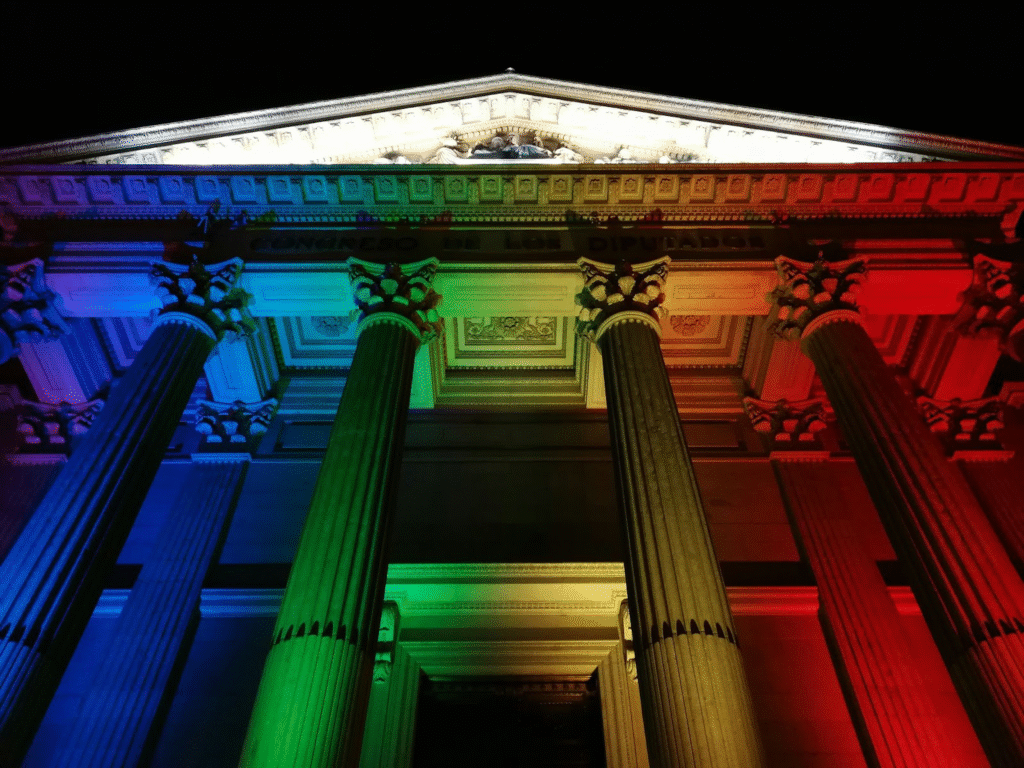by Milani Miller

(Photo by Camilo Rueda Lopez on Unsplash)
Content Warning: This story contains talk of mental illness and suicidal ideation.
On July 17, 2025, the federal government announced its removal of the LGBTQ+ focused “Press three” option on the 988 helpline. The “press three” option connected LGBGQ+ callers with someone trained in specific issues unique to the LGBTQ+ community. An immediate worry that arose with the removal of this option was the risk it posed for LGBTQ+ youth.
According to The Trevor Project, “more than 1 in 10 LGBTQ+ young people attempted suicide in the past year” and “39% of LGBTQ+ young people seriously considered attempting suicide”, highlighting the importance of a suicide prevention hotline to be LGBTQ+ centered and inclusive. The Substance Abuse and Mental Health Services Administration (SAMHSA) reported 1.3 million people from the LGBTQ+ community had used this option. With this option being removed, it poses a risk for future callers to not receive the targeted care they need, as LGBTQ+ youth face negative experiences that the average 988 hotline helper may not be well-versed in. The Trevor Project reports that 90% of young LGBTQ+ individuals faced negative emotional impacts from recent politics. With specific issues regarding inclusion and acceptance, a more specific approach to 988 calls from this community is necessary.
State lawmakers have stepped into the role to fill this gap and avert a possible crisis. States such as Nevada, Colorado and California have begun funding and training all 988 hotline workers to handle calls from LGBTQ+ individuals and the unique issues they face. Daniel Vezmar, Nevada’s state health department spokesperson, has announced that $50 million will be put towards a new call center to handle a larger amount of calls, as well as for monitoring changes needed to accommodate the removal of the LGBTQ+ hotline. California has signed a $700,000 contract with The Trevor Project in order to assist in training on LGBTQ+ issues. Similarly, states such as Illinois and Colorado have increased telecommunication fees in order to provide training and take on more calls.
The call for helping LGBTQ+ youth doesn’t stop within the states, but is also being fought federally. On September 17, 2025, Illinois Rep. Raja Krishnamoorthi introduced a bill titled the 988 LGBTQ+ Youth Access Act of 2025, which will require the Department of Health and Human Services to “maintain specialized services” and use 9% of 988 Lifeline funds each year to do so.
The 988 hotline and bill “is about saving lives,” Krisnamoorthi says, and “should remain above politics”. This statement proves true among Congress as the bill is co-led by both Republicans and Democrats.
Creator of the 988 hotline, Rep. Seth Moulton states that he “led the fight to create the 988 hotline because [he] knew it would save lives”.
He goes on to cite that “more than 2,000 LGBTQ+ youth use the “’Press three’” option every day,” highlighting not only the demand for this option, but also the amount of lives they have been able to save through the community-specific hotline.
The goal of the bill will put the “‘Press three’ option into law,” meaning “no president, no administration, and no political agenda should ever be able to take it away again,” Moulton said.
Among the political battle of the closure of the LGBTQ+ hotline, citizens have come together to express concerns and work to address the closure of the hotline among the community itself. A student involved with the Pride Resource Center at Colorado State University outlined the closure of the hotline as another part of the “push for anti-queer and gender questioning ideologies” in politics. The closure signified a misguided hope among politicians that this will “keep people from ‘becoming’ transgender” by invalidating their identity. The politics at play here have had a stark negative impact on the community itself. A large concern being expressed in classroom discussion and conversation is that the negative effects of no longer having a catered hotline include the effectiveness of the help received. One student highlighted the importance of having members of the community who have shared the experiences LGBTQ+ youth are facing being on the other end of the call.
By having the option to be connected to someone within the community, they are able to give “support coming from that personal anecdote of understanding from the community.”
Beyond discussions, there has been community action within the Pride Resource Center at CSU, as they have set up their own LGBTQ+ hotline in order to fill the gap created by the removal of the hotline.
Both within the community and in government, people are fighting on all sides to protect the mental health of LGBTQ+ youth following the political move of removing the hotline option.
If you or someone you know is suffering from self-harm or suicidal ideation, the SAMHSA hotline is available for everyone, and their website still includes LGBTQ+ centered help.
Call or text 988 or visit https://988lifeline.org/
Visit https://988lifeline.org/help-yourself/lgbtqi/ for the LGBTQ+ specific hotline page.

